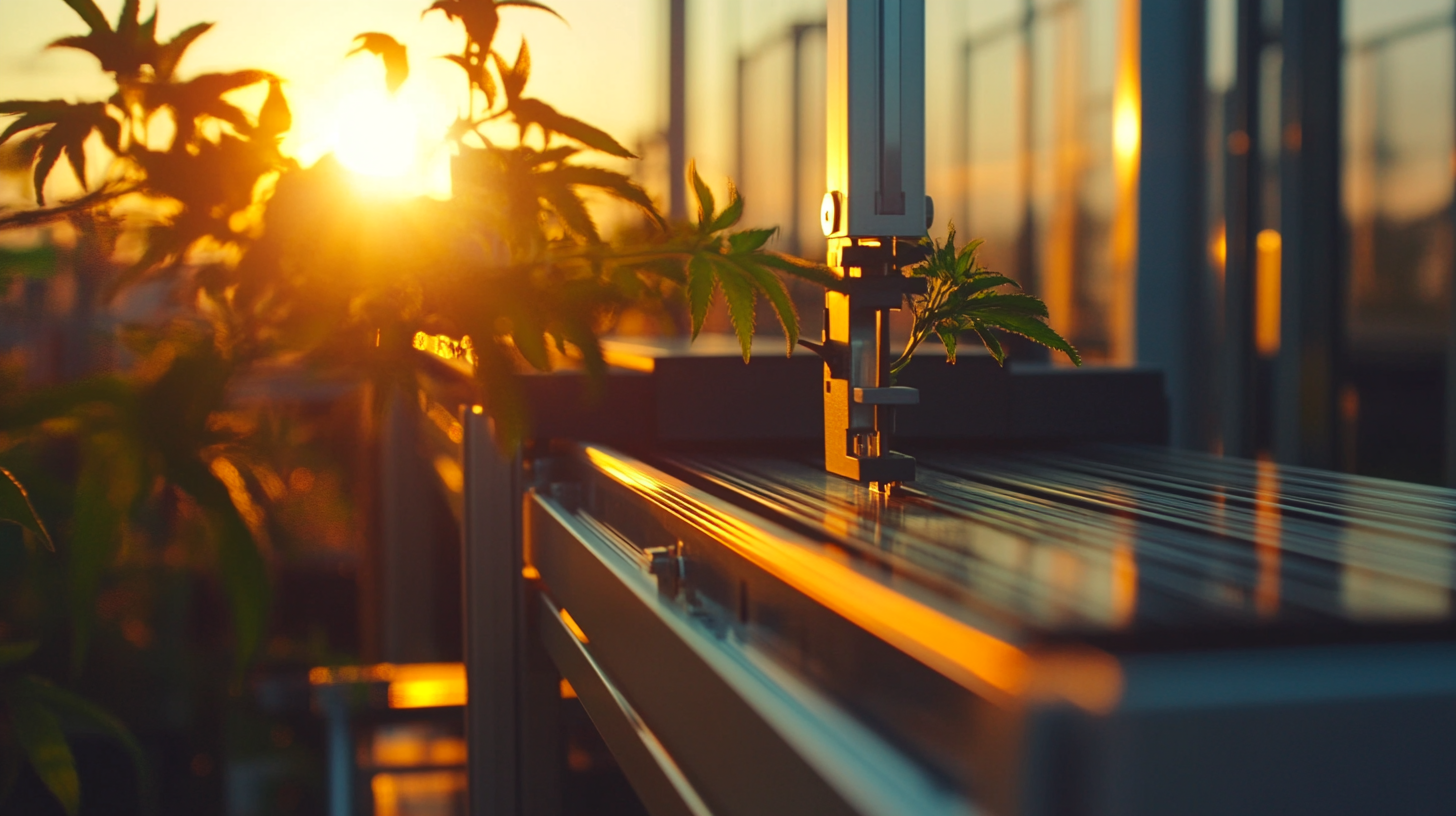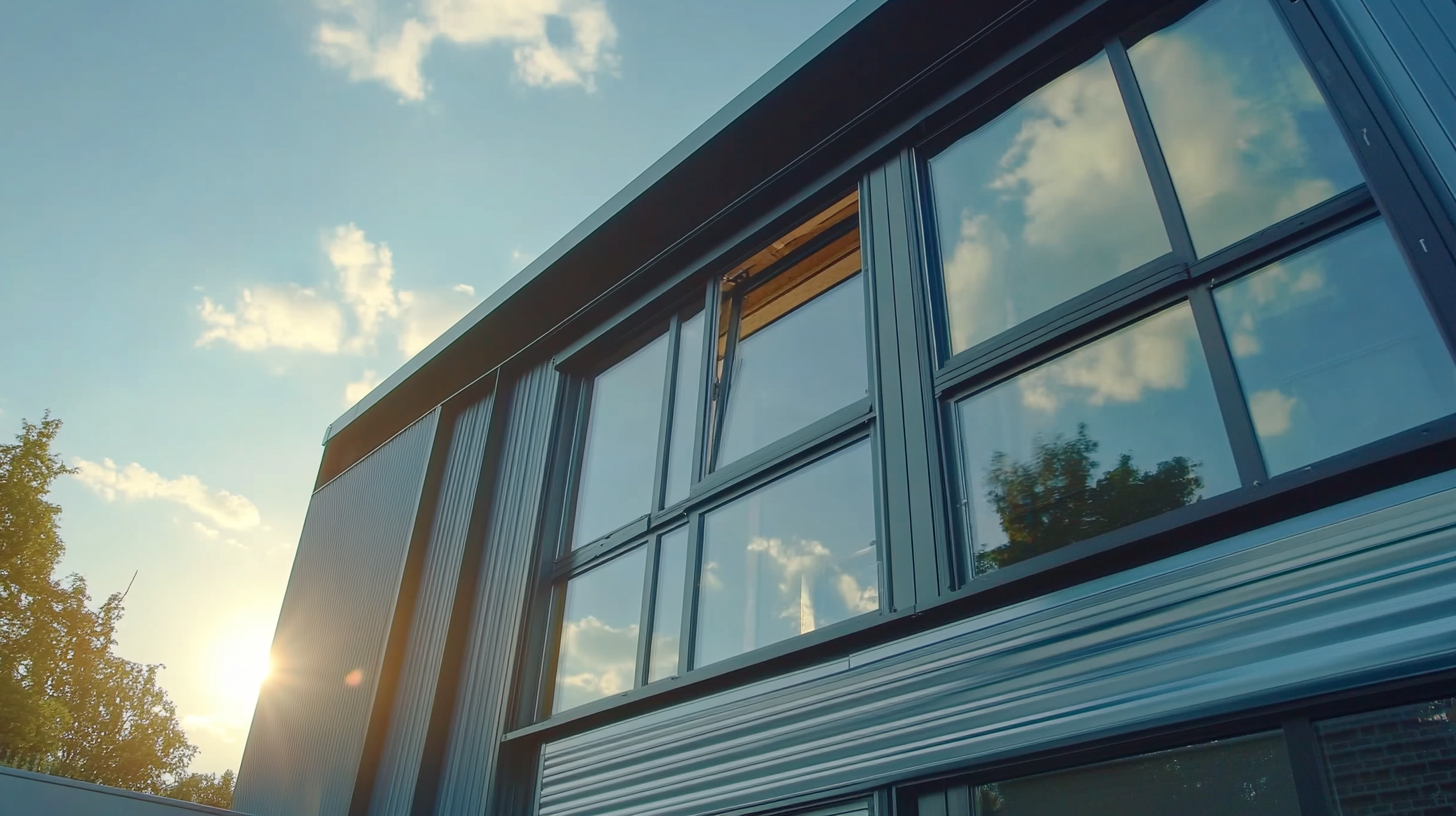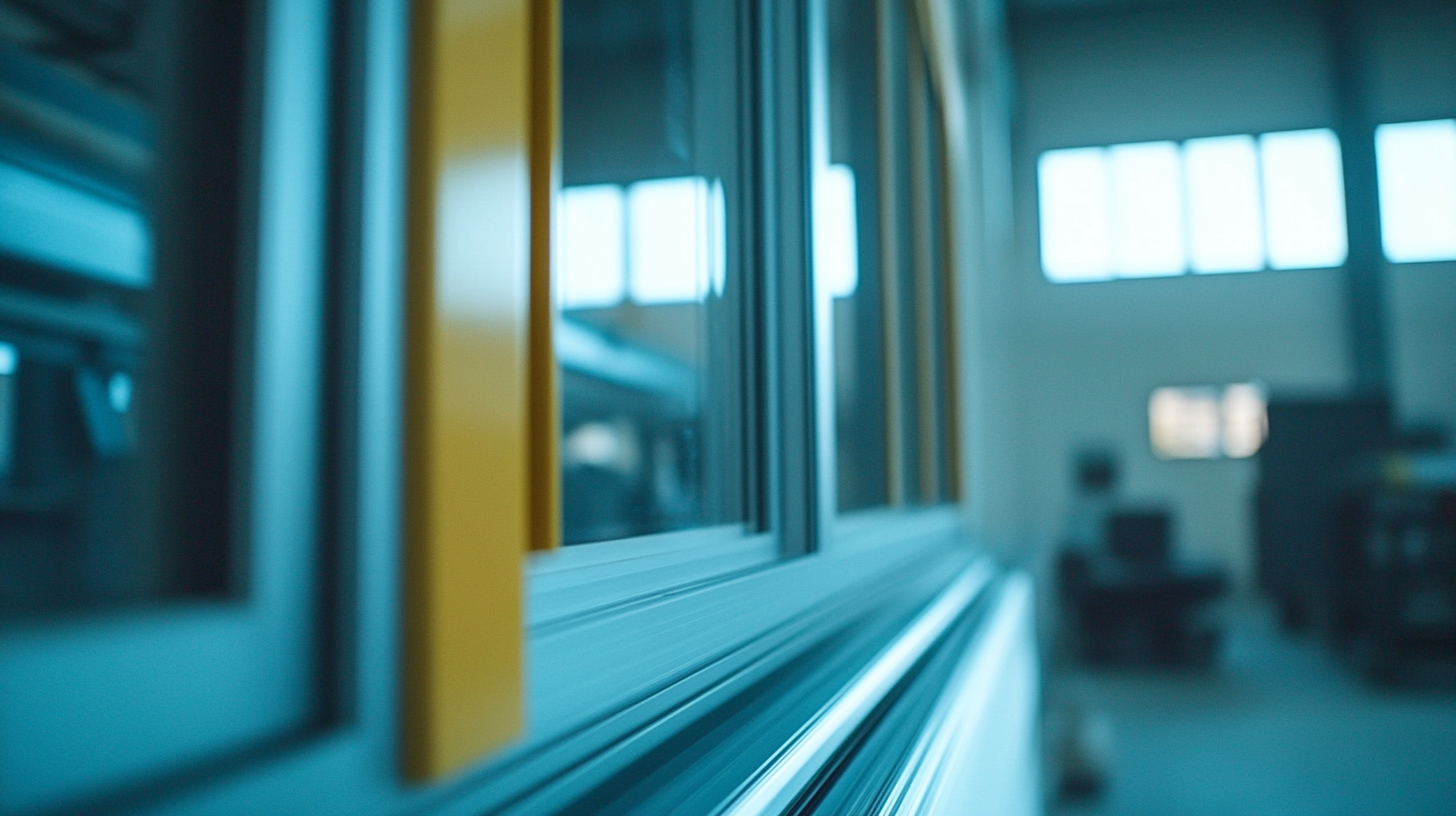Exploring the Future of Energy Efficient Homes with Advanced Pvc Window Welding Machines
The future of energy-efficient homes is increasingly intertwined with advancements in building technologies, particularly in the production of high-performance windows. With global energy consumption attributed to residential buildings accounting for approximately 29% of total energy use, the need for efficient solutions has never been more critical. According to the U.S. Department of Energy, enhancing window efficiency can lead to energy savings of up to 25% in heating and cooling costs. A vital component in this transformation is the PVC window welding machine, which plays a significant role in creating airtight, durable windows that can substantially reduce energy loss.
As we explore the future direction of energy-efficient homes, it is evident that investment in technology such as the PVC window welding machine is paramount. Reports indicate that the global market for energy-efficient windows is projected to grow significantly, with a projected CAGR of 10.5% from 2021 to 2028. This growth is driven by heightened consumer awareness and regulatory pressures to reduce carbon footprints. In tandem, innovations in PVC window welding technology are enabling manufacturers to produce high-quality products that meet these demands, ensuring homes are not only aesthetically pleasing but also optimized for energy conservation.

The Role of Advanced PVC Window Welding Machines in Energy Efficiency
The Role of Advanced PVC Window Welding Machines in Energy Efficiency In the quest for energy-efficient homes, every detail counts, and windows play a pivotal role in this endeavor. Traditional window manufacturing methods often compromise the thermal performance of frames, leading to heat loss and increased energy bills. However, the introduction of advanced PVC window welding machines has marked a significant turnaround. These innovative machines ensure that the joints of window frames are watertight and airtight, maximizing insulation and reducing energy consumption. By employing precise welding techniques, these machines create seamless joints that eliminate gaps often found in conventional window assembly. The result is a stronger, more durable window that enhances thermal performance. With energy-efficient coatings and double or triple glazing widely available, the integration of advanced welding technology further amplifies the potential for reducing a home’s carbon footprint. Moreover, these machines offer the added benefit of consistency and quality control. Unlike traditional methods, which can vary widely based on human error, advanced welding machines produce uniform results. This not only ensures that each window meets stringent energy efficiency standards but also boosts the overall sustainability of the construction process. As we continue to explore the future of energy-efficient homes, advanced PVC window welding machines stand out as a critical element in creating homes that are not only comfortable but also environmentally responsible.

Key Benefits of PVC Windows for Sustainable Home Design
The growing emphasis on sustainability in home design has led to a renewed interest in PVC windows, which are increasingly recognized for their energy efficiency and environmental benefits. PVC (polyvinyl chloride) windows not only offer excellent thermal insulation, but they also have significantly lower environmental impact compared to traditional alternatives like wood and aluminum. According to a life cycle assessment (LCA), PVC windows demonstrate reduced energy consumption during production and throughout their lifecycle, making them a compelling choice for eco-conscious homeowners.
One of the key benefits of PVC windows is their durability and low maintenance requirements. Unlike wooden frames that may rot or require frequent repainting, PVC windows are resistant to weathering, ensuring a longer lifespan which can exceed 40 years. This durability results in less waste as they do not need to be replaced as often, contributing to sustainable home practices. Furthermore, advancements in advanced PVC window welding machines enhance the precision and energy efficiency of window production, reinforcing the benefits of adopting PVC as a fundamental material in eco-friendly home design.
Additionally, PVC windows contribute to energy savings post-installation. Studies have shown that replacing traditional windows with energy-efficient PVC models can reduce heating costs by up to 30%. This not only benefits the environment by lowering greenhouse gas emissions from heating systems but also provides homeowners with significant savings on energy bills. The growing demand for sustainable building materials reflects a shift in consumer preference towards options that support a climate-neutral future, complementing initiatives like the European Green Deal aimed at achieving sustainability goals.

Impact of High-Performance Windows on Energy Consumption Statistics
The integration of high-performance windows into energy-efficient homes has shown to significantly reduce energy consumption, as supported by various industry reports. According to the U.S. Department of Energy, efficient windows can reduce heating and cooling costs by up to 15-20%, highlighting their importance in energy conservation efforts. The trend towards high-performance windows is a response to the increased demand for sustainable living solutions, where reducing energy bills aligns with environmental responsibility.
Advanced PVC window welding machines play a crucial role in manufacturing these high-performance windows. By ensuring precise welding and a strong seal, these machines enhance the thermal insulation properties of the windows. The National Fenestration Rating Council (NFRC) indicates that windows with superior thermal performance can lower overall energy consumption in residential buildings by as much as 30%. Such performance not only contributes to energy savings but also improves indoor comfort, making these windows a favorable choice for homeowners.
The switch to advanced window technologies also correlates with broader energy consumption statistics; the International Energy Agency (IEA) notes that buildings account for approximately 30% of global energy use. Upgrading to high-performance windows, therefore, has the potential to make a significant dent in energy consumption and carbon emissions, supporting global energy efficiency goals. With ongoing advancements in window manufacturing, driven by techniques like PVC welding, the future of energy-efficient homes looks promising and sustainable.

Innovations in Welding Technology for Enhanced Window Performance
The future of energy-efficient homes is being shaped by cutting-edge innovations in welding technology, particularly in the realm of advanced PVC window welding machines. These technologies are designed to enhance window performance, contributing significantly to the energy efficiency of buildings. As the demand for high-performance construction materials rises, welding innovations are becoming critical in ensuring airtightness and durability in window production. Recent industry reports predict considerable growth in sectors focused on building materials that optimize energy use, indicating a strong market shift towards more sustainable solutions.
The Building and Construction Tapes Industry is also witnessing a focused trend, with an increasing emphasis on energy efficiency driving demand. The double-sided tapes segment is projected to reach $3.1 billion by 2030, reflecting a commitment to building solutions that prioritize energy conservation. This synergy between innovative welding technology and advanced materials is essential for creating windows that not only perform better but also contribute to the overall sustainability of new constructions.
Moreover, the integration of sustainable practices in manufacturing processes, reminiscent of zero-waste systems and zero-emission initiatives adopted by key players in the industry, illustrates a broader movement towards eco-friendly practices in construction. As companies invest in innovative welding and manufacturing technologies, the potential for reducing environmental impact while enhancing building performance continues to grow, shaping a future where energy-efficient homes become the norm rather than the exception.
Future Trends in Energy-Efficient Home Construction with PVC Windows
The construction industry is steadily moving towards energy efficiency, with PVC windows playing a pivotal role in achieving this goal. According to a report by the U.S. Department of Energy, homes with energy-efficient windows can reduce their heating and cooling costs by an average of 12% to 15%. As the demand for sustainable building materials grows, advanced PVC window welding machines are transforming the production process, allowing for better insulation and durability.
Recent trends indicate that by 2025, over 50% of new homes in North America will utilize energy-efficient windows, significantly boosting the market for advanced PVC window technologies. These state-of-the-art machines not only enhance the structural integrity of windows but also optimize thermal performance. A study from the Research and Markets forecasted a growth rate of 5.5% in the PVC window market specifically due to advancements in manufacturing technology and an increasing emphasis on eco-friendly construction practices.
Moreover, adopting advanced welding techniques can also lead to a reduction in material waste during production. The Precision Machined Products Association notes that manufacturers using modern PVC window welding machines can achieve waste reductions of up to 30%. This advancement not only contributes to cost savings but aligns with the broader sustainability goals within the industry, enabling builders to meet increasingly stringent energy codes with confidence while promoting greener living spaces.


